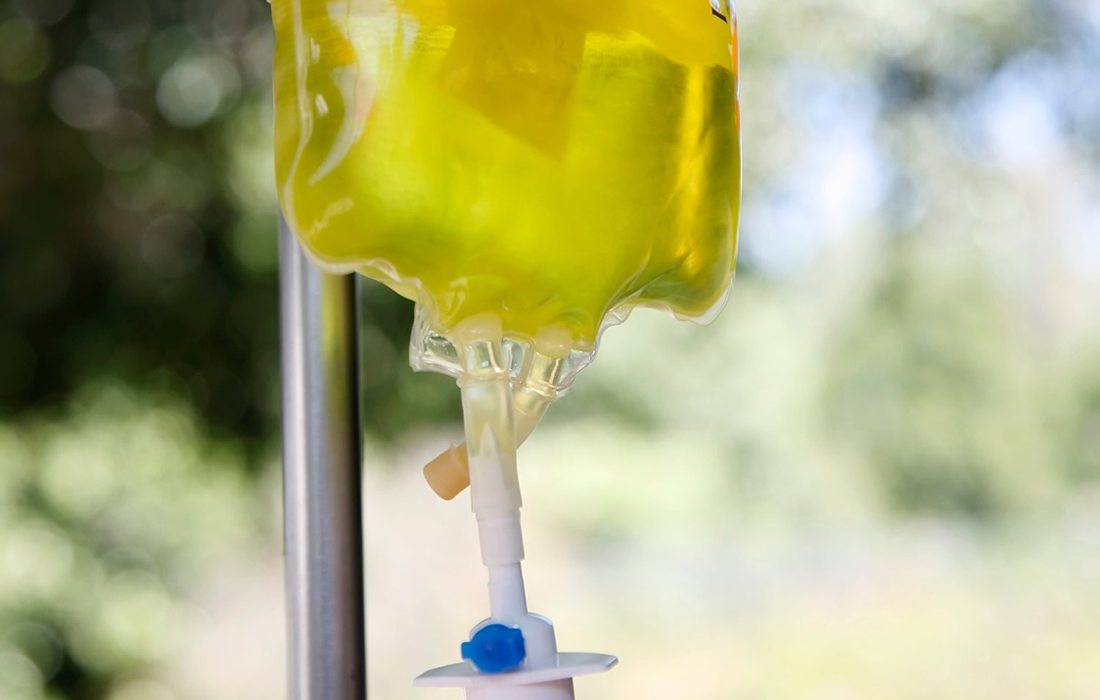Regenerative Medicine News and General Information
Chemical Cocktail May Help to Generate Muscle Stem Cells
Muscle stem cells are responsible for muscle growth, repair and regeneration following injury throughout a person’s life. In fully grown adults, muscle stem cells are quiescent — they remain inactive until they are called to respond to injury by self-replicating and creating all of the cell types necessary to repair damaged tissue.
But that regenerative capacity decreases as people age; it also can be compromised by traumatic injuries and by genetic diseases such as Duchenne muscular dystrophy.
A UCLA-led research team has identified a chemical cocktail that enables the production of large numbers of muscle stem cells
Song Li, the study’s senior author and a member of the Eli and Edythe Broad Center of Regenerative Medicine and Stem Cell Research at UCLA, and colleagues identified a chemical cocktail, a combination of the root extract forskolin and the small molecule RepSox , that can efficiently create large numbers of muscle stem cells within 10 days. In mouse studies, the researchers demonstrated two potential avenues by which the cocktail could be used as a therapy.
The first method uses cells found in the skin called dermal myogenic cells, which have the capacity to become muscle cells. The team discovered that treating dermal myogenic cells with the chemical cocktail drove them to produce large numbers of muscle stem cells, which could then be transplanted into injured tissue.
Li’s team tested that approach in three groups of mice with muscle injuries: adult (8-week-old) mice, elderly (18-month-old) mice and adult mice with a genetic mutation similar to the one that causes Duchenne in humans.
Four weeks after the cells were transplanted, the muscle stem cells had integrated into the damaged muscle and significantly improved muscle function in all three groups of mice.
For the second method, Li’s team used nanoparticles to deliver the chemical cocktail into damaged muscle tissue. The nanoparticles, which are about one one-hundredth the size of a grain of sand, are made of the same material as dissolvable surgical stitches, and they are designed to release the chemicals slowly as they break down, which activates the quiescent muscle stem cells to begin dividing. This approach also produced a robust repair response in all three types of mice. .
While both techniques were successful, the key benefit of the second one is that it eliminated the need for growing cells in the lab, all of the muscle stem cell activation and regeneration takes place inside the body.
In future studies, the research team will attempt to replicate the results in human cells and monitor the effects of the therapy in animals for a longer period. The experiments should help determine if either approach could be used as a one-time treatment for patients with serious injuries.
SOURCE:
Jun Fang, Junren Sia, Jennifer Soto, Pingping Wang, LeeAnn K. Li, Yuan-Yu Hsueh, Raymond Sun, Kym Francis Faull, James G. Tidball, Song Li. Skeletal muscle regeneration via the chemical induction and expansion of myogenic stem cells in situ or in vitro. Nature Biomedical Engineering, 2021; DOI: 10.1038/s41551-021-00696-y
IMAGE:

